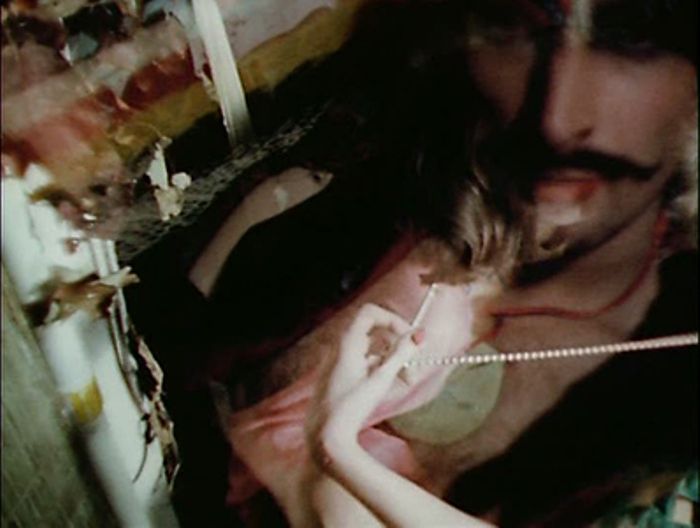Screening
September 9, 2018, 1:15pm
This screening takes place at Metrograph and is part of the Jack Smith Film Retrospective program series.
Films:
-dir. Ken Jacobs, The Whirled (aka The Four Shorts of Jack Smith), 1956-63, 16mm, (sound, color), 20 minutes
-dir. Ken Jacobs, Blonde Cobra, 1963, 16mm, (sound, black and white), 33 minutes
-dir. Ken Jacobs, Little Stabs at Happiness, 1963, (sound, color), 15 minutes
-dir. Ron Rice, Chumlum, 1964, 16mm, (sound, color), 26 minutes
Total running time: 94 minutes
